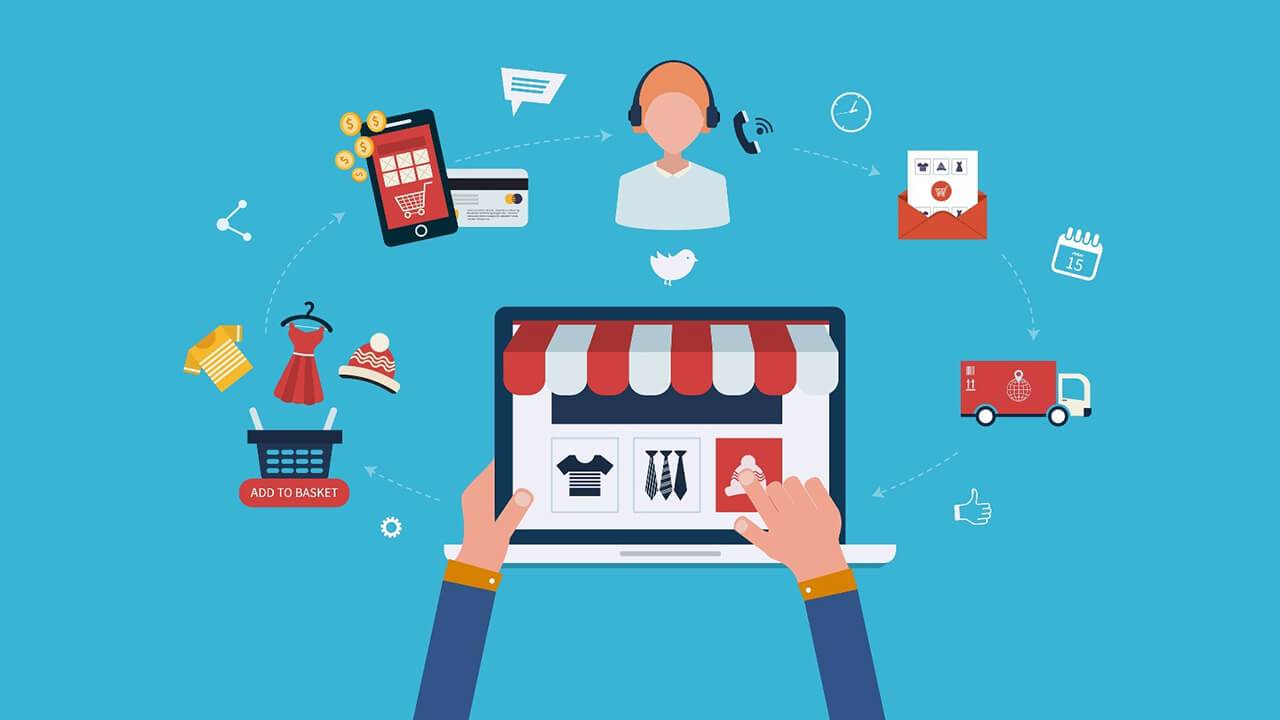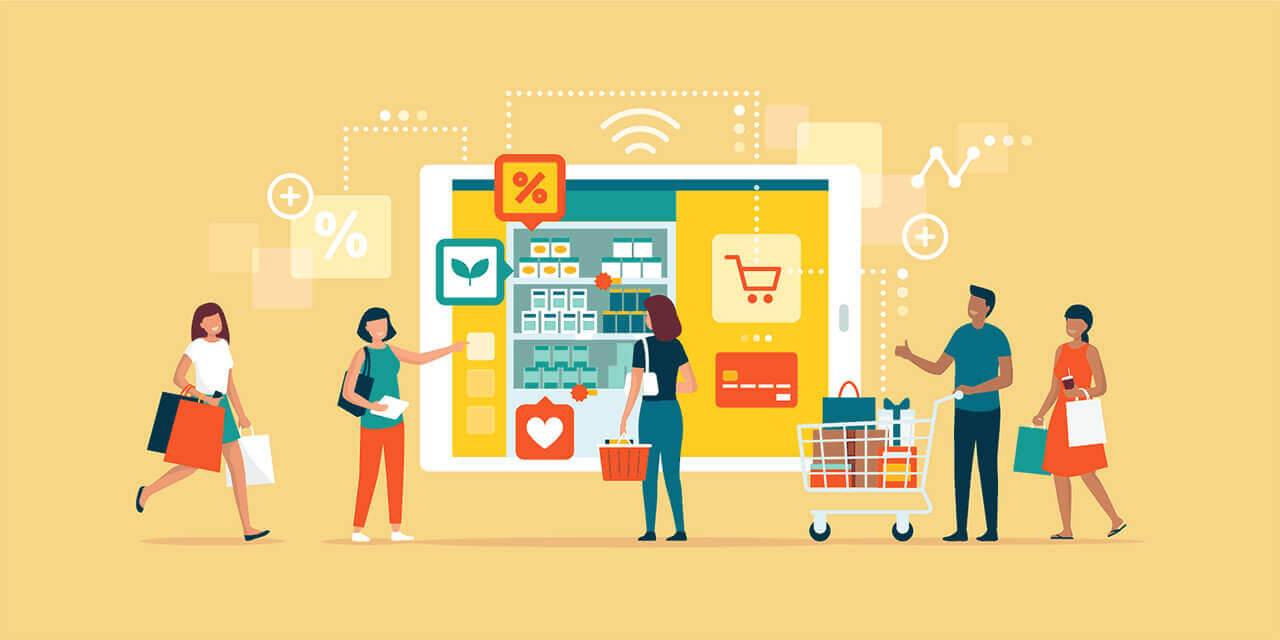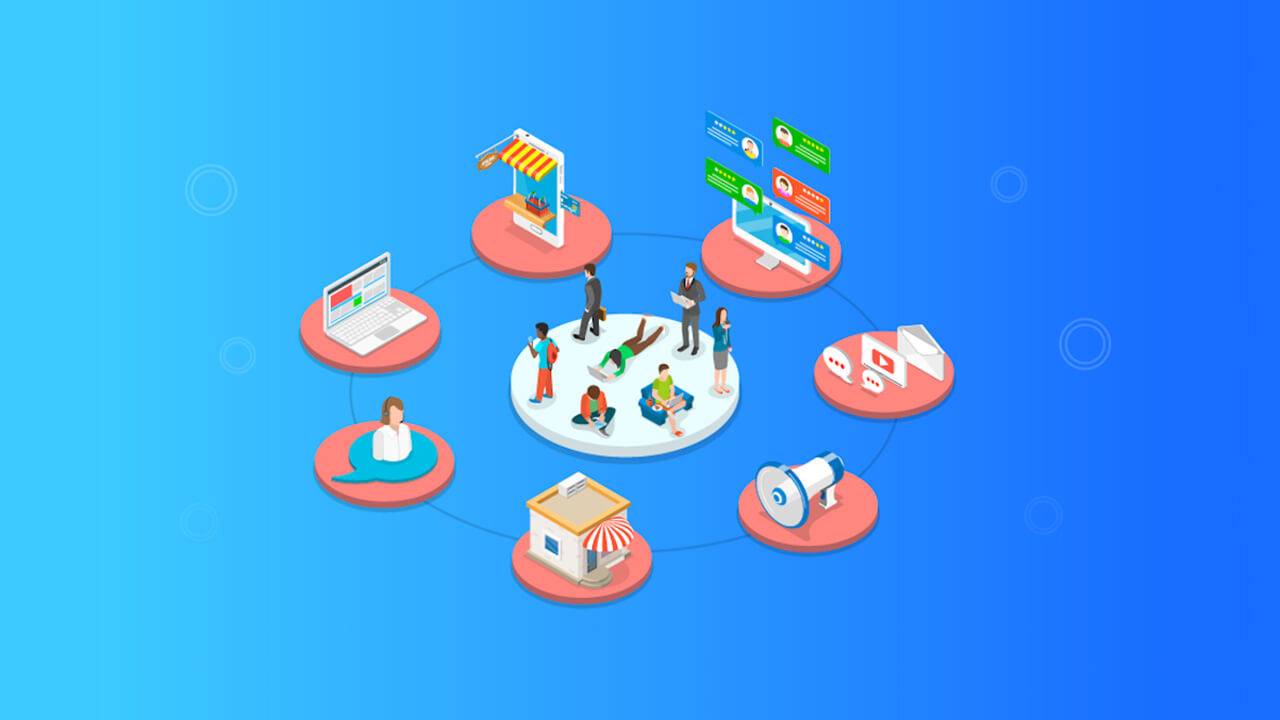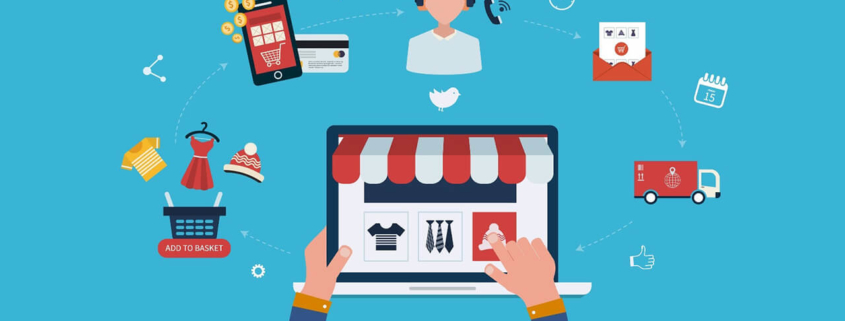Top 10 E-Commerce Trends to Embrace in 2022

Is your online store ready for the New Year? According to Statista, over 2.14 billion consumers globally were expected to buy products online in 2021. As online sales continue to increase, though, so will the competition. You can expect to see more online stores selling the same products as yours. To stay ahead of the competition and claim your piece of the e-commerce market in 2022, you must embrace the latest trends.
1) Voice Shopping
Many consumers now search for products online using their voice. Voice shopping involves the use of a voice-controlled virtual assistant, such as Google Assistant or Amazon Alexa, to search the internet for products.
Virtual assistants come standard in all smart speakers and most smartphones. Using their device’s virtual assistant, consumers can easily research and compare products online before purchasing them. Optimizing your online store for voice shopping will help you connect these consumers and capture them as customers.
2) Cryptocurrency Accepted
An increasing number of online stores now accept cryptocurrency. Bitcoin, for instance, is now accepted by several major online brands, including Overstock, Newegg and TigerDirect. Even smaller online brands have jumped on board the cryptocurrency bandwagon by allowing customers to pay with Bitcoin.
You should still accept traditional methods of payment, but don’t ignore the power of cryptocurrency. When compared to credit card payments, cryptocurrency payments have lower transaction fees. At the same time, cryptocurrency payments don’t carry the risk of chargebacks. When a customer pays using cryptocurrency, he or she won’t be able to reverse the transaction by initiating a chargeback.

3) BNPL
Buy now, pay later (BNPL) is an e-commerce trend that will become more prevalent in 2022. With BNPL, customers can elect to pay in installments after receiving their order. The installments are typically fixed and interest free. Therefore, BNPL has become a popular alternative to credit card payments. It allows customers to make small payments over time without incurring the same interest fees associated with credit card payments.
You can offer BNPL either in-house or by partnering with a third-party provider. Most online stores choose the latter. A third-party BNPL provider will collect the installment payments from your online store’s customers so that you can focus your efforts on other activities.
Some of the top third-party BNPL providers include:
- Sezzle
- Klarna
- Afterpay
- Affirm
- Zip
4) Google Shopping Ads
Google Shopping ads can help your online store succeed in 2021. Shopping ads are data-rich listings of products sold by businesses. They consist of a title, a description, the price of the product, the name of the business that’s selling the product, an image and customer reviews. Google displays Shopping ads within its search results pages and its “Shopping” tab.
In 2020, Google announced that it would no longer require businesses to pay for Shopping ads. It still offers paid Shopping ads, but Google now offers free Shopping ads as well. You can create free Shopping ads by linking your Google Ads account to your Merchant Center account. To learn more about free Shopping ads. Whether they drive 10 or 1,000 new sales to your online store, you won’t incur advertising costs with free Shopping ads.
5) Dynamic Pricing
Another e-commerce trend to embrace in 2022 is dynamic pricing. It’s not uncommon for online stores to change the prices of their products. If a competitor lowers the price of a product, an online store selling the same product may follow suit. Alternatively, if an online store experiences strong demand for a particular product, it may raise the price of that product.
Rather than manually changing your online store’s prices, however, you can use dynamic pricing. Dynamic pricing is powered by software that automatically adjusts product prices in real-time based on factors such as supply, demand, competition. A report published by Econsultancy indicates that dynamic pricing increases profit margins for online stores by an average of 10 percent.

6) Personalization
Most consumers today want a personalized experience when shopping for products online. They don’t want to see the same products and content as everyone else. Rather, consumers want online stores to present them with personalized products and content.
According to Instapage, nearly six in 10 consumers say personalization has a positive impact on their purchasing decisions. Personalization involves matching products and content to your online store’s individual consumers. You can show product recommendations, for instance, based on consumers’ past purchases and search history. You can also send them personalized emails addressing consumers by their first name.
7) Chatbots
If your online store doesn’t already have one, you should give it a chatbot. Chatbots are intelligent software applications that simulate conversations with consumers. They typically appear in pop-up boxes. If a consumer needs help, he or she can seek it from a chatbot. The consumer can type his or her question in the pop-up box, after which the chatbot will respond in the same pop-up box.
A chatbot won’t eliminate the need for human support. Nonetheless, they offer a form of automated support by immediately addressing many consumers’ questions. Maybe a consumer wants to know about your online store’s return policy, or perhaps a consumer wants to know if your online store has a particular product in stock. A chatbot can answer these and other common questions.

8) Omnichannel Marketing
Omnichannel marketing is a blazing-hot e-commerce trend. Online stores use it to improve their customer service and, thus, encourage loyalty. According to MacKenzie Corporation, businesses with a strong omnichannel marketing have an average customer retention rate of 89 percent, compared to just 33 percent for those with a weak strategy.
Omnichannel marketing involves the use of multiple channels to engage consumers in an integrated manner. You can use push notifications, for instance, to engage consumers on mobile devices, and you can use Facebook Ads to engage them on social media. With omnichannel marketing, consumers can seamlessly interact with your online store through multiple channels.
9) Sustainability
You can’t ignore sustainability when running an online store. Consumers have become more conscious of how their purchases impact the environment. A survey conducted by Accenture found that over seven in 10 consumers look for sustainable products.
You can embrace sustainability by selectively sourcing products from environmentally friendly vendors, using recycled materials for packaging and reducing waste. By embracing sustainability, consumers will feel more comfortable buying your online store’s products knowing that their purchases won’t harm the environment.
10) Data Security
As data breaches among online stores continue to rise, the trend of data security will rise with it. Most online stores collect and keep data about their customers. While they typically don’t store customers’ payment information — that’s handled by the payment processor — they do store customers’ names, addresses, phone numbers, email addresses, purchase history and other sensitive data.
It’s your responsibility as a store owner to safeguard customers’ data from unauthorized access. If a breach occurs, you’ll have to notify the affected customers, which may cause them to stop using your online store. You can make your online store more secure by locking down the admin portal with a strong password, using Hypertext Markup Language Secure (HTTPS), deploying a firewall and installing antimalware.
In addition, you should always remember about the weakest link in every system — human. Social engineering, phishing are just a few ways hackers are trying to steal sensitive data directly from your employees. Thus, it is crucial to make sure your employees have the necessary cybersecurity training that will allow them to identify and deal with possible threats in the most efficient way.
The e-commerce industry has gone through countless changes in its otherwise short 30-year history, and it’s not slowing down in 2021. You need to embrace the latest e-commerce trends so that your online store is one step ahead of its competitors.










